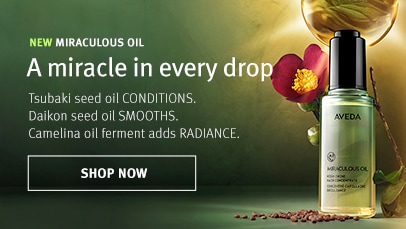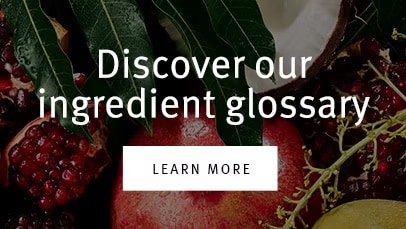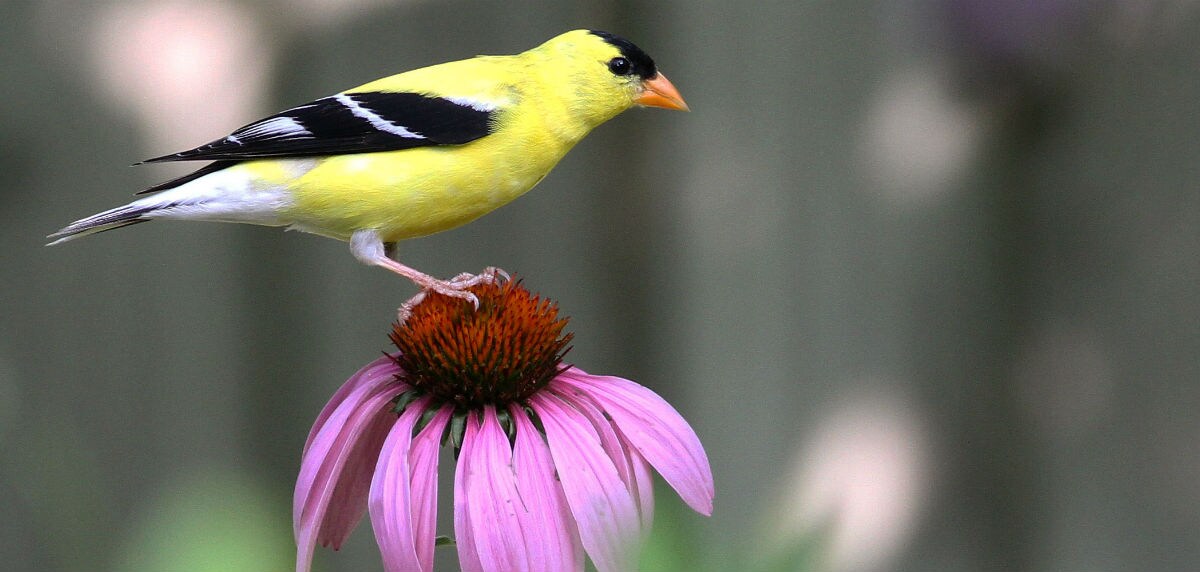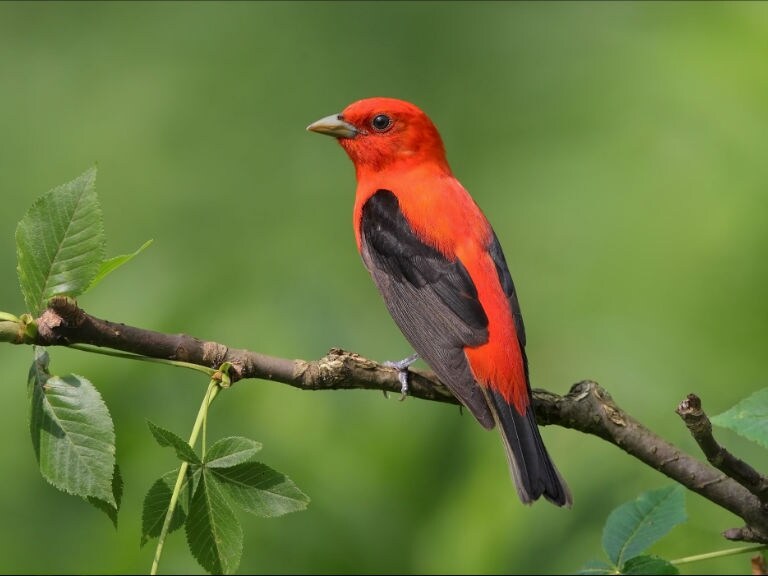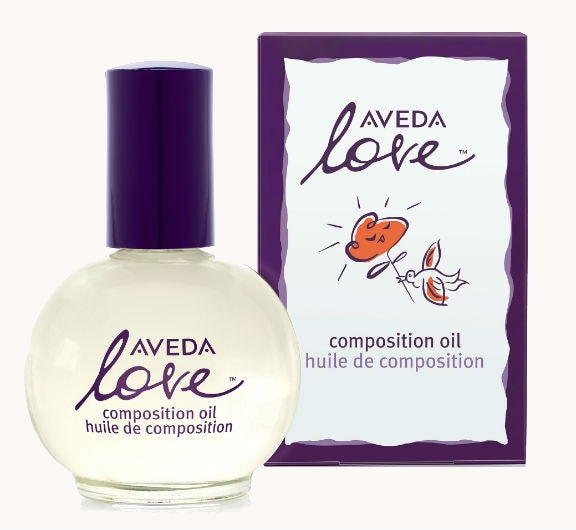Did you know that with some careful plant choices, you can turn your garden, patio, or balcony into an environmentally-friendly space with singing birds, fluttering butterflies, and buzzing bees?
All you need to do is choose native plants— plants that naturally occur in the area where you live. Birds and pollinators need thriving plants for a better chance of survival in the face of changing climate and urban development.
Aveda scientist and president of the American Society of Pharmacognosy, Cindy Angerhofer, studies plants to understand better the nourishing benefits of their essential oils for Aveda products. Through her work she is privy to seeing so many birds and pollinators flourish, and in turn create a working ecosystem.
“Native plants have an extraordinary benefit for the landscape and, therefore, for those of us that live in it,” Cindy says. “Pollinators and insects are attracted to native flowers and buds that have provided them food and nectar for eons. And in turn, migrating birds dine on many of the caterpillars and resulting fruit. Native trees and perennials are also more suited to their intended climate and soil thus making them more resistant to droughts.”
If you are ready to create a thriving oasis of native plants for the birds and pollinators in your neighborhood, the National Audubon Society, makes it very easy for you with their Plants for Birds campaign. “With our changing climate, providing birds with every bit of native habitat possible makes a difference, and Audubon’s Native Plant Database – the first of its kind – can help anyone in the United States identify native plants that are good for their local area,” says Matthew Anderson, Vice President for Climate, The National Audubon Society. “The database also helps connect you with native plant providers so you can follow up and take action in your backyard.”
With a click of your mouse, you can find the best plants for your garden to provide essential food and shelter for birds. Find the Plants for Birds Tool here.
Here are eight great plants to get you started. They can be found at most nurseries across America and are easy to grow.
PURPLE CONEFLOWER These beautiful blooms attract butterflies and other pollinators during the summer and provide seeds for gold finches and other birds in the fall.
SUNFLOWER Native sun flowers attract bees, butterflies, and other pollinators. After they go to seed, they provide feasts for gold finches, siskins, and other birds.
MILKWEED Milkweed, best known for hosting monarch butterfly caterpillars, attracts loads of insects that are eaten by a range of birds.
TRUMPET HONEYSUCKLE One of the best-behaved vines to plant, the red tubular flowers are magnets for hummingbirds, and later, when the berries develop, it attracts birds like Purple Finches and Hermit Thrushes.
VIRGINIA CREEPER This is a key food source for fruit-eating birds during the winter, including mockingbirds, woodpeckers, bluebirds, and robins. Caterpillars of the Eight-spotted Forester, a beautiful moth, feed on the leaves.
BUTTONBUSH Showy flowers and fruit make this a popular choice along pond shores providing seeds for ducks and other waterfowl. Their magnificent flowers also attract butterflies.
ELDERBERRY In early summer, its clusters of white flowers attract many pollinators. In late summer, its bright dark- blue fruits provide food for many birds including the Brown Thrasher and Red-eyed Vireo.
OAK These trees are an integral part of the food chain, so planting just one really helps your yard’s diversity. Many birds are drawn to the abundance of insects on oaks and woodpeckers, jays, and others feast on the ripe acorns. Birds also use the cavities and crooks of these trees for nesting and shelter.

